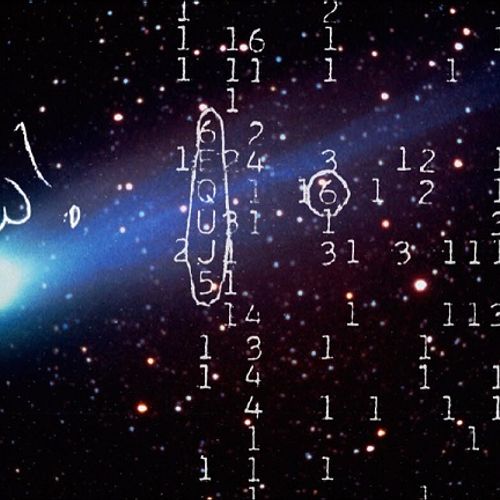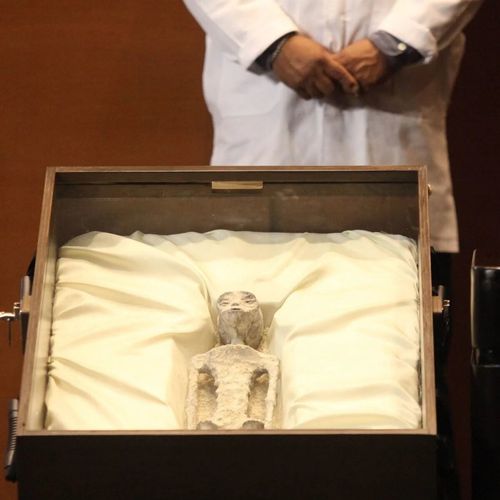
| Added | Thu, 19/05/2022 |
| Источники | |
| Дата публикации | Thu, 19/05/2022
|
| Феномены |
An astronomer analyzing thousands of stars in the area of the origin of the famous "Wow!" signal pointed to a sun-like star as a potential source of a mysterious radio signal that was received by astronomers more than 40 years ago. The probable source is described in a new article published in the International Journal of Astrobiology.
On August 15, 1977, a narrowband radio signal was received at the Big Ear Radio Telescope Observatory at Ohio State University.
A few days later, astronomer Jerry Ehman carefully studied the data and noticed a certain sequence of signals that lasted as long as 72 seconds. In the margins next to the printout, he simply wrote "Wow!".
The mysterious signal still defied explanation. Initially, scientists claimed that the source was a comet. However, about two days later, the team of researchers who discovered "Wow!" refuted this claim. The fact is that the signal that the comet would have produced was diffuse, and this signal was cut off, as if it had been turned on and off.
This signal has become a source of speculation among those who believe in aliens, and with good reason. No other similar signals were detected either before or after that. This happened in a frequency range that is relatively free of background noise. If we had tried to communicate with other civilizations ourselves, we would have chosen this range ourselves.
Astronomer Alberto Caballero searched Gaia (ESA) data in a database of more than 1 billion that fall within the signal region, trying to narrow the search to stars that may contain a habitable exoplanet.
As Caballero explains, he managed to narrow the candidates down to one star.
"The only potential sun-like star appears to be 2MASS 19281982-2640123," he wrote in the article. - "Despite the fact that this star is located too far away to send any response in the form of radio or light transmission, it can be an excellent target for observations in search of exoplanets around the star."
"One of these stars is very close to the distance with the highest probability of the existence of an extraterrestrial civilization," he added. "This star has a temperature only 5 degrees above the Sun, and the radius and luminosity are almost identical. This is a great target for finding potentially habitable exoplanets."
He also found 14 other potential candidates that he was less confident about, given that the luminosity of the stars was unknown.
Новости со схожими феноменами
Log in or register to post comments









